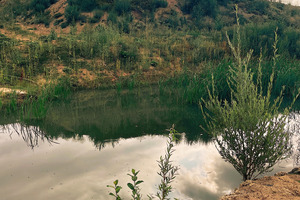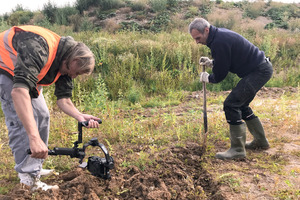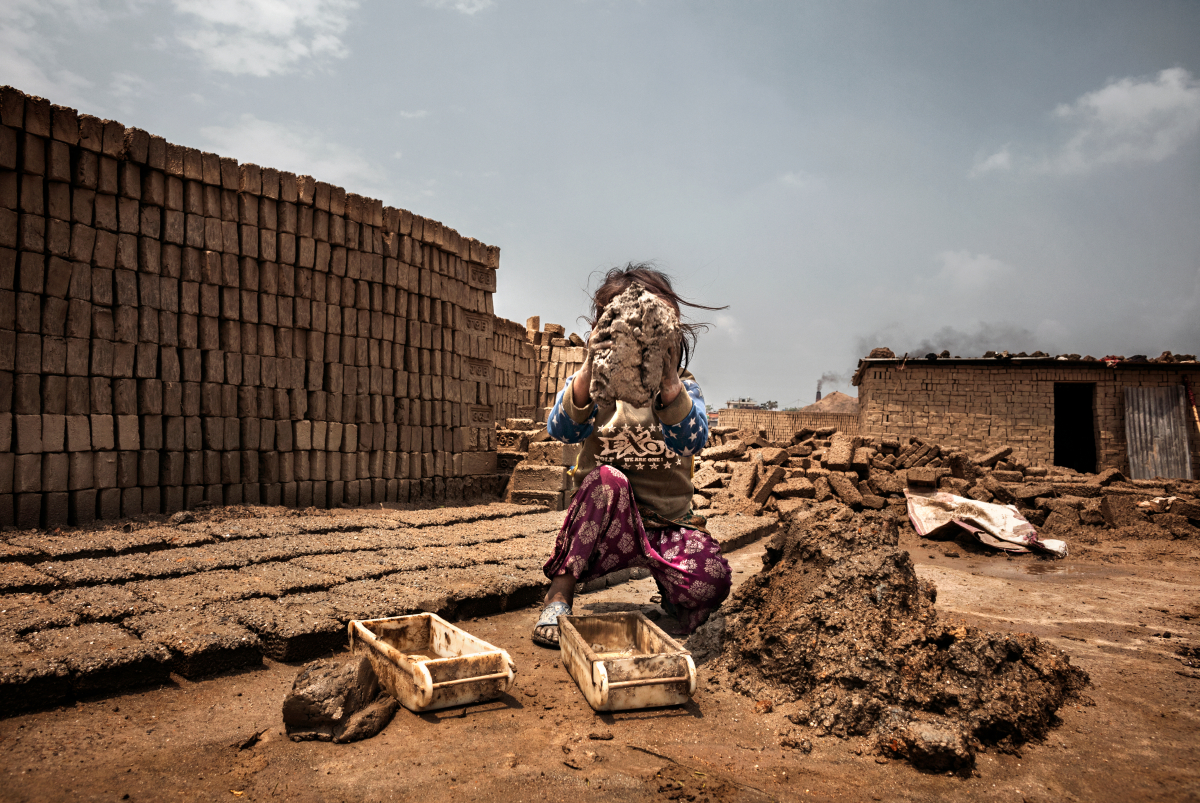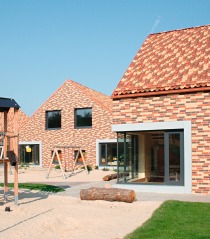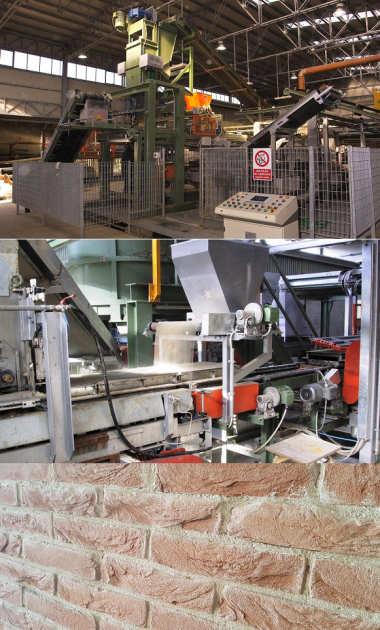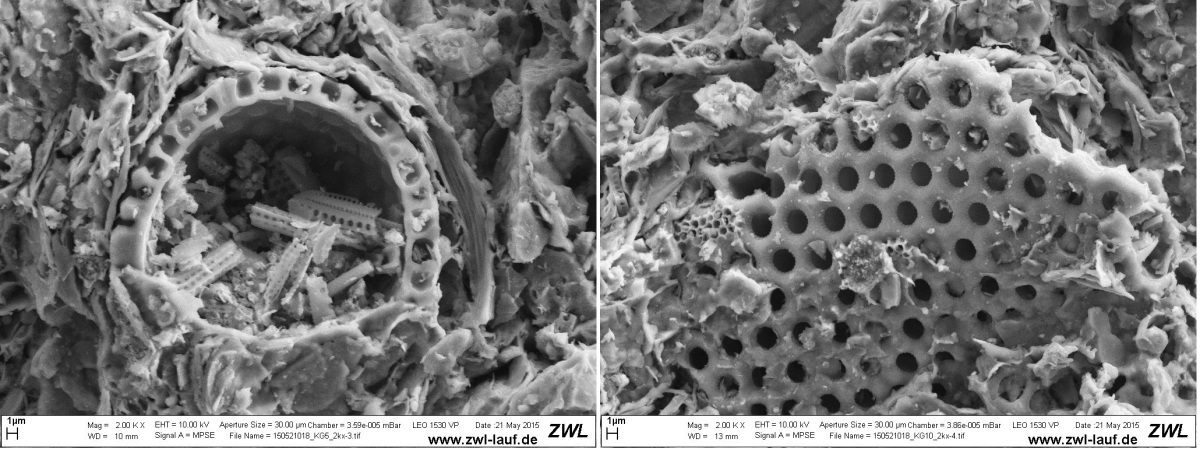Down to earth
With hand, heart and nose 25.08.2023We have never been this close before: The campaign "Bricks. The best from Mother Earth." has dug deep, almost drilling the camera into the ground. In the process, it discovered a lot: What attachment to the region means, what biodiversity can be found in clay pits, how much joy not only children have when they mud in the earth. And again and again: how emotional the building material brick is.
Everyone knows what advantages brick offers, from regionality to resource conservation. Everyone knows the facts and figures about thermal insulation or the regulation of humidity. But anyone who works with the material clay also knows: it sticks - not only physically, but also metaphorically. This saying has been confirmed again and again during the campaign: in conversations with the potter who wants to awaken childlike play in others, with the architect who specialises in ceramics, or with the cook who can't let go of the Roman pot. The material touches us in many different ways. The aim of the campaign was to convey this feeling to people who have not yet had any contact with clay or brick. The medium of choice was film. And director Christoph Schröter from the content company CeeStudio was the first to be infected. He told us how the world of brick, with which he had no previous contact, looks to him from the outside. His view through the camera casts a new perspective on brick.
Mr Schröter, clay as protagonist - do you often experience this during filming?
At CeeStudio, we don't want to make pure commercials, but rather tell stories: sometimes in the form of documentaries, sometimes as commercials. I've shot everything from coffee to cars, but so close to the earth, to the building material, that was special. And very emotional. I was very touched by the sight of the brick-red mountains in the quarrying areas: Terracotta, clay, earth, blood, sun - everything is in this colour.
What can the medium of film do that images alone perhaps cannot?
Actually, brick is one thing you don't even think about. It's a thing you can only experience through film. We haven't told a classic story here, but connect the viewers emotionally with the product. With each clip, we want the viewer to be touched: We do that, for example, by playing with sound. You should be able to feel the feel of the wall. You want to stick your hands in the mud yourself. And when you see Gero, our actor from the first clip, you want to stick your spade into the earth yourself. Or you think: Wow, I feel like taking a walk in a biotope in the morning. This element is our "hook" to connect people with the earth. I think it's in all of us - and that's also the beauty of the building material.
How do you manage to connect emotionally with the viewer?
Sometimes you can tell advertising is advertising.Authenticity is perhaps a hackneyed term, but that's exactly what we achieved here.The result has become truly magical.Why?Because it was really so beautiful there. There are very different little things that make the result so magical and authentic: We had the right location, natural sunlight and great people.Because of our small but fine team of eight instead of 30 people, we had all the knowledge and creativity on location, but at the same time we had a lot of freedom to try things out.So the cameraman can decide for himself where to go next with the camera and film.
With so much freedom, what directing instructions do you give the actors?
We always work at eye level, both with the adults and with the children.A rule of thumb is: the more instructions you give, the more tense the atmosphere becomes.The boy was just honestly having fun, it wasn't staged.And that's why you as a spectator have the feeling that you yourself are playing around in the mud.
What criteria were used to cast the characters?
Why do people often look stupid in image films? Because people are cast from image films.We cast people who all have a connection with the region where the clay pit is.The wife, husband and child all came from Dresden.Otherwise everyone always comes from Berlin, no matter where you shoot.And we wanted people with rough edges:We could have retouched Gero's tattoos on his neck, for example, but we deliberately decided against it.
Would you build with bricks yourself after shooting the film?
I really would. It's really incredible: I had a guided tour of the factory before the shoot. It smelled so good of clay there and the brick is completely ecological, keeps you warm in winter and cool in summer.How can you build with anything other than a material like that?

